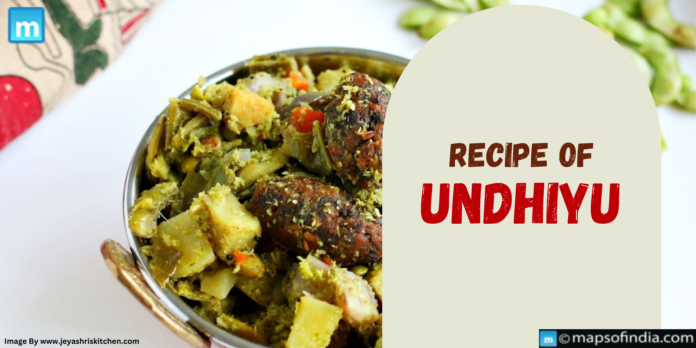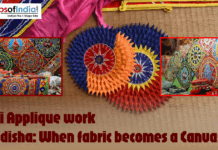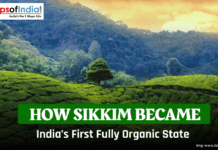Undhiyu, Gujarati cuisine’s crown gem, is more than a dish; it’s a gourmet symphony performed by clay pots, fragrant spices, and seasonal veggies. Each bite bursts with flavors, textures, and scents reminiscent of Indian kitchens and festive feasts. With each step, this recipe reveals the secrets of creating this vegetarian masterpiece, sending you to the heart of Gujarat.
History of Undhiyu
Undhiyu tells pre-industrial Gujarati stories anchored in the wisdom of slow cooking over wood fires. Layers of fresh veggies drenched in fragrant spices were cradled in earthen jars buried upside-down in a pit of blazing embers. This “undhu”, which translates as “upside down,” evolved over generations as villages added its spin – Surti papdis for crunch, sweet potatoes for warmth, and brinjals for smokey sweetness. Undhiyu evolved from modest farmer’s fare to a symphony of flavors, textures, and memories passed down through generations, permanently linked to the heart of Gujarati cuisine.
Ingredients
Vegetables
-
- 1 cup Surti Papdi (flat beans)
- 1 cup Val Papdi (cluster beans)
- 1 cup Purple Yam (cut into cubes)
- 1 cup Raw Bananas (cut into thin cylinders)
- 1 cup Brinjals (baby eggplants)
- 1 cup Sweet Potatoes (cut into cubes)
- 1/2 cup Pigeon Peas (soaked)
Spice Mix
- 2 tbsp Coriander Leaves (chopped)
- 1 tbsp Green Garlic Chives (chopped)
- 10 Green Chillies (chopped)
- 2 tbsp Lemon Juice
- 1 tbsp Turmeric Powder
- 1 tbsp White Sesame Seeds (toasted)
- 1 tbsp Cumin Seeds
- 1 tbsp Carom Seeds
- Salt to taste
- 1 tbsp Red Chilli Powder (optional)
Other
- 1 cup Grated Coconut
- 4 tbsp Sugar
- 1/4 cup Vegetable Oil
- Methi Muthia (optional)
- Banana Leaves (large and fresh)
- Hay (dried)
- Earthen Clay Pot (large and deep)
Instructions
- Prepare the Spice Mix: In a blender, combine coriander leaves, green garlic chives, green chillies, lemon juice, turmeric powder, toasted sesame seeds, cumin seeds, carom seeds, and salt. Blend until a coarse paste forms. Adjust spices to your preference.
- Marinate the Vegetables: Wash and prepare all vegetables by cutting them into similar sizes. In a large bowl, mix the spice paste with the Surti Papdi, Val Papdi, purple yam, raw bananas, brinjals, and sweet potatoes. Ensure each piece is well coated. Add soaked pigeon peas and mix gently.
- Assemble the Clay Pot: Line the bottom of the earthen pot with large, fresh banana leaves. Place the marinated vegetables, layering them neatly. Scatter grated coconut and remaining spice paste over the top. Drizzle with vegetable oil.
- Create the Seal: Cover the pot opening with another layer of banana leaves. Top with a generous layer of hay, creating a thick, insulating seal. This traps steam and ensures even cooking.
- Slow Cooking Magic: Place the sealed pot over a low flame (charcoal or wood stove preferred) and cook for 4-5 hours. Be patient, as slow cooking allows the flavors to meld and deepen.
- Optional Additions: Add methi muthia (fried chickpea flour dumplings) and vegetables for a richer flavor. This step is optional but adds a delicious textural contrast.
- The Grand Unveiling: Carefully remove the hay and banana leaves once cooked. The aroma of spices and vegetables will fill the air, a symphony announcing the dish’s readiness.
- Serve with Love: Undhiyu is traditionally served with hot parathas and a dollop of fresh yogurt, creating a harmonious balance of textures and flavors. Every bite celebrates fresh vegetables, fragrant spices, and the ancient wisdom of slow cooking in clay pots.





